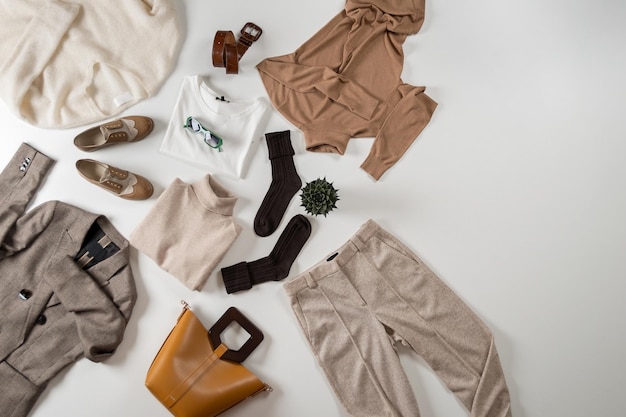What we wear does more than cover our bodies—it tells a story about who we are. Clothing is often the first thing people notice about us, and it plays a big role in shaping first impressions. Whether you're drawn to bold colors or prefer muted tones, whether you love vintage styles or modern minimalism, your fashion choices act as a visual language. Understanding how clothing reflects personality can help you make more intentional wardrobe decisions that align with your identity.

The Psychology Behind Style
Fashion psychology explores how clothing choices connect to our thoughts, emotions, and behaviors. Researchers have found that people often dress in ways that either reflect their mood or attempt to influence it. For example, wearing structured clothing might boost feelings of competence, while relaxed outfits could promote calmness. Style is not only a mirror of how we feel inside but also a tool to express how we want others to see us. When we dress authentically, our confidence often increases because our outer appearance aligns with our inner self.
Fashion as a Form of Self-Expression
Clothing gives us the freedom to express our personality traits without saying a word. Someone who loves attention might be drawn to vibrant patterns and statement pieces, while a person who values simplicity might opt for classic, timeless garments. Resources like Outfit ideas from xe-soft.com help individuals explore new ways to express themselves through curated looks. Whether your style is edgy, romantic, eclectic, or traditional, what you choose to wear gives others insight into your tastes, values, and even your lifestyle.
Color and Personality
Color psychology is another aspect where fashion and personality intersect. Studies show that different colors can reflect specific traits—red often represents passion or energy, blue conveys calmness and reliability, and green suggests balance and harmony. Choosing specific shades frequently can say a lot about your personality. People who gravitate toward black might value elegance and control, while those who love yellow might be seen as cheerful and optimistic. Wearing colors that resonate with your personality enhances authenticity in your overall appearance.
The Influence of Lifestyle and Values
Your daily routine, career, hobbies, and beliefs all influence your fashion preferences. A creative professional might embrace bold prints and unconventional pieces, while someone in a corporate role may favor tailored, polished looks. Sustainability-focused individuals often choose eco-friendly brands and minimalist wardrobes as a reflection of their values. What you wear becomes an extension of how you live. Fashion choices aren't made in a vacuum—they reflect the environments we navigate and the principles we uphold.
Evolving Style with Changing Identity
As we grow and change, so does our sense of style. Clothing that once felt right may no longer align with who we are. Life transitions—like starting a new job, moving to a new city, or experiencing a personal transformation—often trigger shifts in wardrobe choices. Embracing this evolution can be empowering. It allows your style to grow with you and provides an opportunity to redefine how you present yourself. Experimenting with different cuts, textures, and aesthetics can help you reconnect with your changing identity.
Cultural and Social Influences
Cultural background and social circles can also shape clothing preferences and how we express ourselves through fashion. Certain patterns, garments, or accessories may carry symbolic meaning tied to heritage, while peer influence often plays a role in style development—especially during adolescence. Blending cultural tradition with contemporary style allows for deeper self-expression and individuality. Understanding these influences gives context to personal style and helps us appreciate the diversity of fashion choices across different groups.

Building a Wardrobe That Matches Your Personality
To truly reflect your personality through clothing, start by identifying what styles make you feel most like yourself. Take note of the pieces you reach for again and again, and consider why they resonate with you. Curate a wardrobe that supports your day-to-day life but also celebrates your uniqueness. Tools and platforms that provide Outfit ideas from xe-soft.com can offer inspiration when you're looking to refine or redefine your look. A personality-driven wardrobe isn’t about trends—it’s about timeless authenticity and personal connection.
Conclusion
Clothing is a powerful form of self-expression that goes far beyond aesthetics. It communicates personality traits, emotional states, values, and life experiences. By aligning your fashion choices with who you are, you not only look better—you feel better. Taking time to understand how your clothing reflects your identity can lead to greater self-awareness and confidence. Whether you're refreshing your wardrobe or exploring new looks, discovering the connection between style and personality is a meaningful step in defining your authentic self.


